Trial by Ice
Air Facts
MAY 5, 2025
After all, I had just aced my checkride. The general prognosis indicated no icing in the clouds, no turbulence and a quartering headwind from the west resulting in a mere five knots of headwind component. It got turbulent, and then very turbulent. I had never flown on instruments in heavy rain and turbulence.


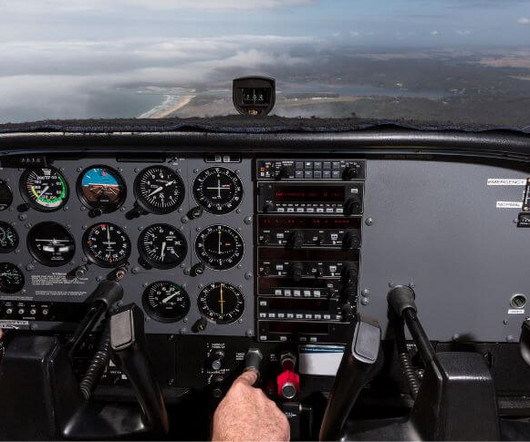
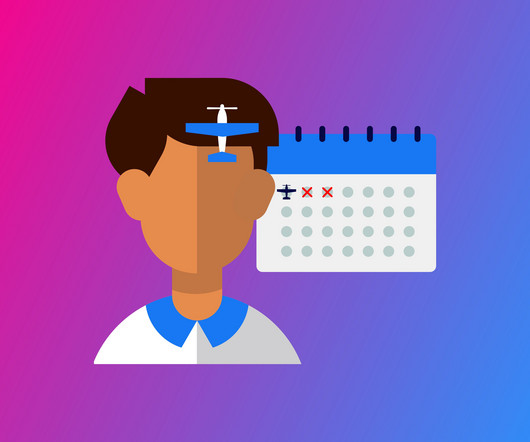
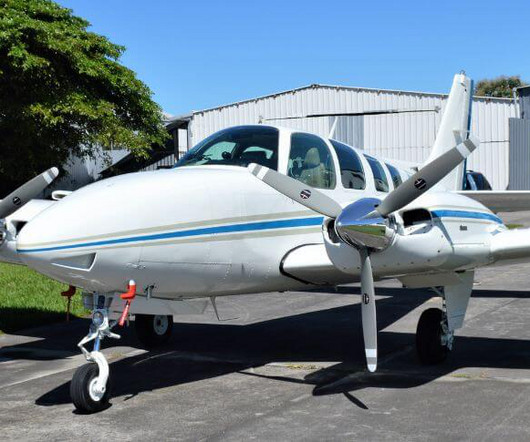
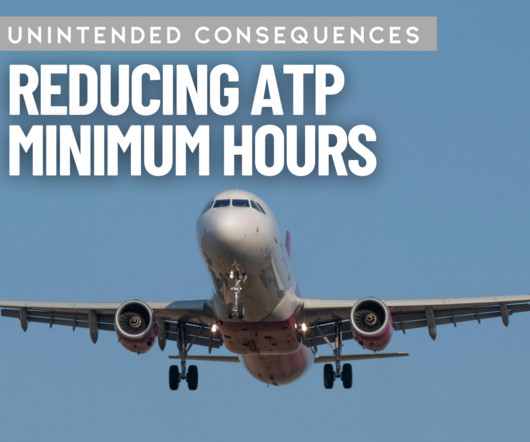
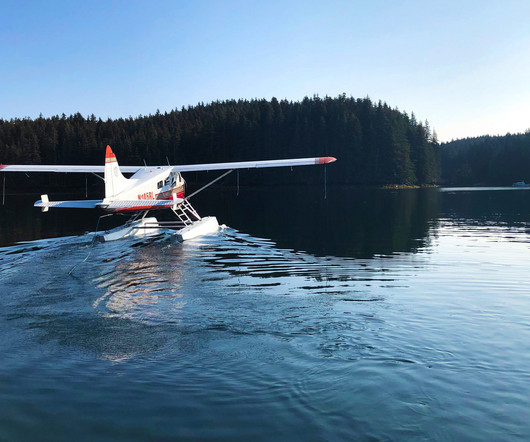
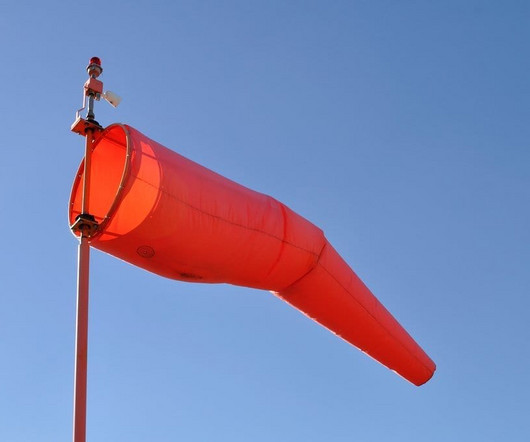
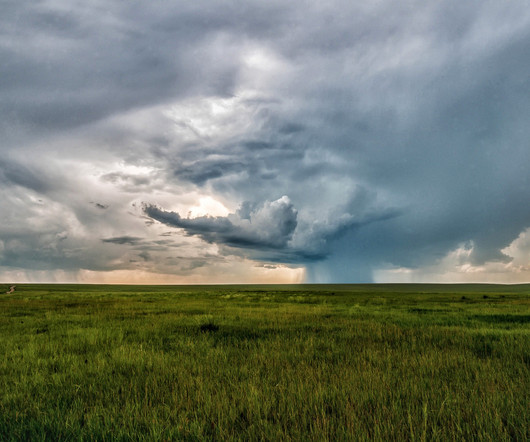

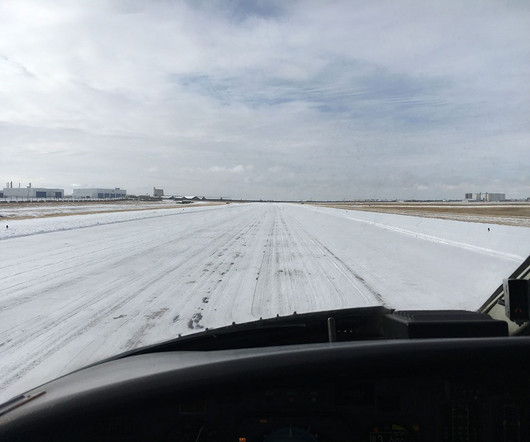
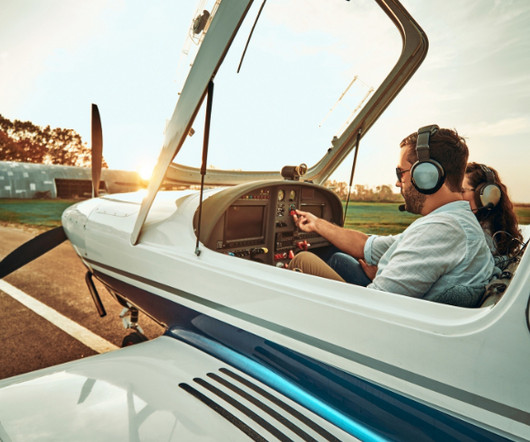
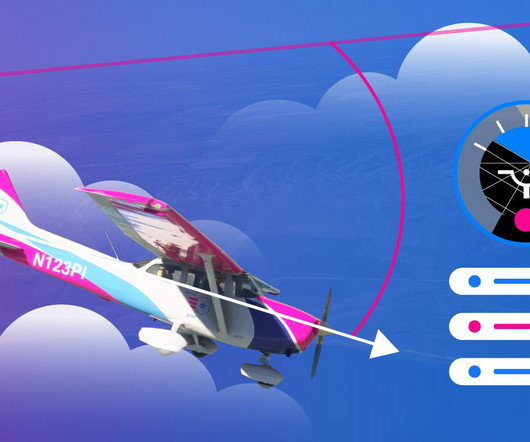
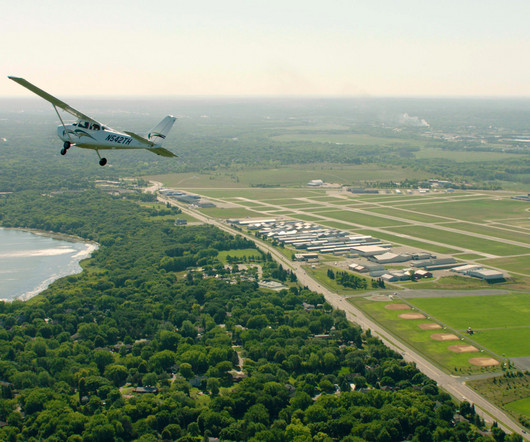






Let's personalize your content